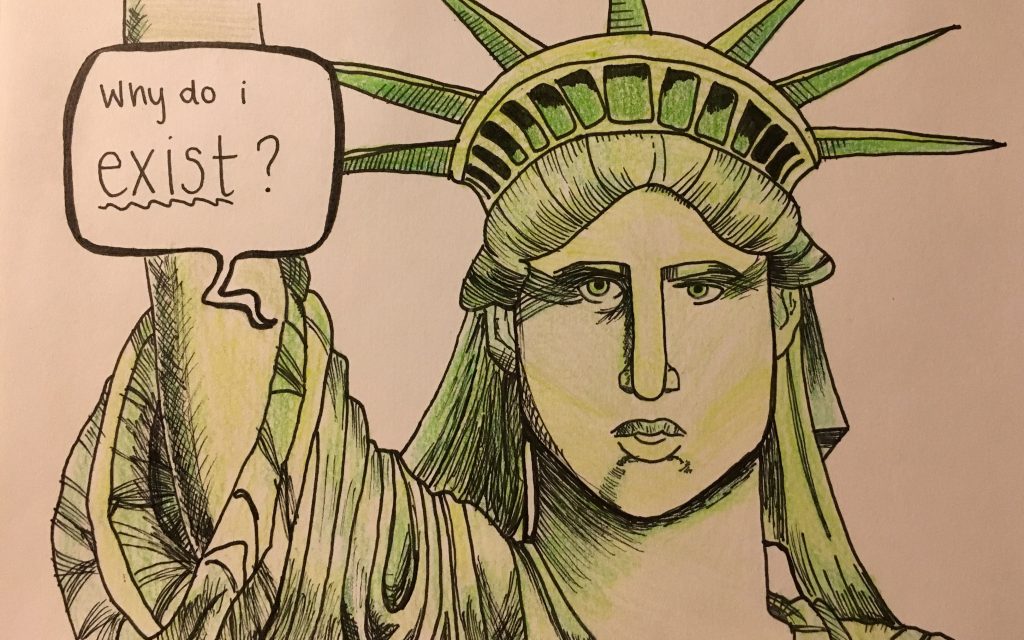Opening up a literary magazine, walking past a newspaper stall, or simply looking at any political website, one will see that political cartoons run rampant in today’s society. Besides being well-illustrated, eye-catching, or funny, political cartoons present strong, opinionated arguments about current events.
At a glance, one may not think twice as he or she examines a political cartoon. The cartoon might provoke a thought or help facilitate a good laugh, but neither the artist nor the publisher of the cartoon intends to only present those attributes to the audience.
The widespread use of political cartoons began in the year of 1754, when Benjamin Franklin published his “Join, or Die” cartoon in the Pennsylvania Gazette. The purpose of the cartoon was to urge the thirteen colonies to unite and create a greater force. The illustration depicts a snake in separate parts, each part representing a colony, and the phrase “Join, or Die” alluding to the belief that the unification of the colonies is the only option to be successful against British rule. Franklin created an easy-to-understand public service announcement that caught the attention of numerous readers.
Political cartoons today uphold that same principle of simplicity. Often, people turn on the television and hear lengthy speeches on current issues. The majority of the time, the speeches contain an abundance of words that are difficult to understand and are unknown to the common viewer. Another instance that might yield the same effect is when newspaper readers leaf through long articles discussing a multitude of different facets of an issue. Unlike political cartoons, these forms of media are not as straightforward.
Political cartoonists verify that their drawings are easy to understand and entertaining, but they also make sure to convey a message regarding some aspect or issue in the political world. These messages are one sentence statements or quick exchanges between two characters. They are short, informative, and captivating.
Some political cartoons do not need captions to leave an impression on the viewer. The image itself delivers the message clearly. The literary magazine, The New Yorker, has cover art on each issue, mostly without any words at all. Through art, the reader can still perceive the statement being made and form their own opinions on it.
Political cartoonists are more than illustrators who draw pictures and write captions; they are summarizers. They take a current issue, political idea, or important figure, and expose as well as highlight the subject matter in its rawest form. Their work is easily accessible to the public and their message can be understood in a short period of time. Political cartoons are a combination of images and texts that are more emotionally appealing than articles or reports.
Numerous adolescents in today’s society prefer not to scan long pieces of text or listen to an individual talk about an issue to be notified about the current news of the world. Political cartoons abandon those lengthy processes and quickly appeal to the audience. They are eye-catching, significant, and brief.
Political cartoons are a hallmark of worldwide change and the exchange of information. They have the power to make great strides in the political world. The well-drawn images and witty captions will surely keep coming and will continue to amuse and alert the world in the process.
Luca Richman
staff writer
Graphics: Evie Cullen

